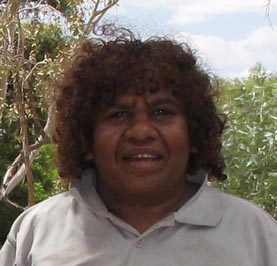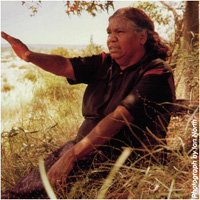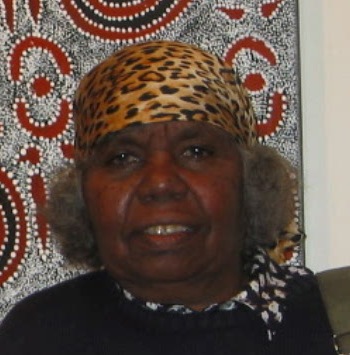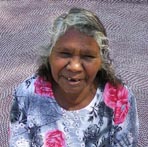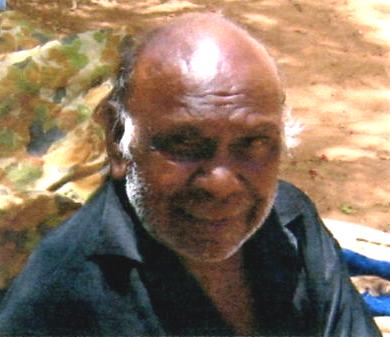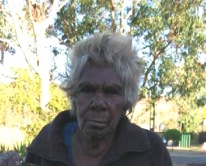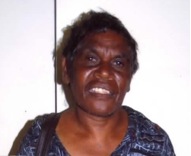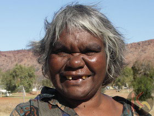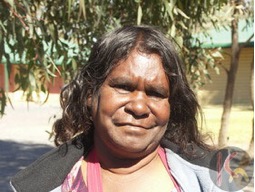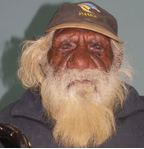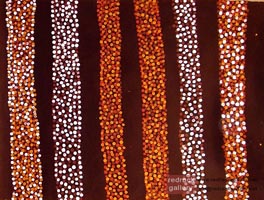 Loading... Please wait...
Loading... Please wait...- Home
- Mem’s Music & Profile
-
Biographies of our Artists
- Clifford Possum Tjapaltjarri
- Gloria Tamerre Petyarre
- Malcolm Maloney Jagamarra
- Josie Petrick Kemarre
- Long Jack Phillipus Tjakamarra
- Margaret Turner Petyarre
- Abie Loy Kemarre
- Walala Tjapaltjarri
- George [Hairbrush] Tjungurrayi
- Kathleen Petyarre
- Johnny Warangklula
- Eunice Napangardi
- Pansy Napangardi
- Michael Minjina Nelson Tjakamarra
- Cassidy Tjapaltjarri
- Ronnie Tjampitjinpa (Jampitjinpa)
- Ronnie Price Mpetyane
- Elaine Upton
- Deidre Brown Napangardi
- Dinny Nolan Tjampitjinpa
- Dr. George Ward Tjapaltjarri
- Elizabeth Marks Nakamarra
- Gracie Morton Purle (Pwerle)
- Jeannie Petyarre
- Kudditji Kngwarreye
- Linda Walker Naparrula
- Minnie Pwerle
- Mitjili Napurrula
- Nancy Petyarre
- Ningura Napurrula
- Paddy Fordham Wainburranga
- Peter Overs
- Barbara Weir
- Thomas Tjapaltjarri
- Violet Petyarre
- Warlimpirna Tjapaltjarri
- William Sandy
- Betty Mbitjana
- Our Artists
- Exhibitions
- About Us
- Charity & Sponsorship
Search by Products
Search by Artists
Join Our Newsletter
Utopia
View Artists from Utopia
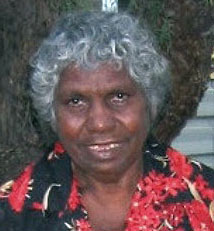
|
|||
| Margaret Turner Petyarre | 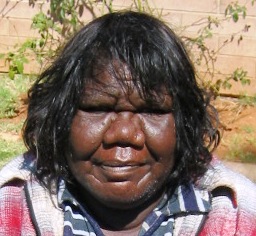
|
||
|
|
|
|
|
View Artists from Other Areas
- Papunya
Utopia is located 270km northeast of Alice Springs on the eastern perimeter of the Western Desert ‘bloc’ next to the traditional land of the Eastern Anmatyarre and Alyawarre people. It was named by the first white settlers in 1927 and occupies 1800 square kilometers of desert country. It has an arid climate with low rainfall and long hot summers with maximum temperatures exceeding 40 degrees Celsius. The winter nights are cold with frost occurring from late May to early September.
In 1979 a successful land claim hearing resulted in the community gaining permanent legal title to the leasehold, and it was the Utopia women that played a key role. Only one year before, the women had learned the art of batik, introduced by school teacher Toly Sawkeno and adult educator Jenny Green. The Batik project was to enable the women to establish a source of income in preparation for the land claim hearing. By being able to demonstrate the economic viability of the outstations through their batik, the women were justifying their legal and moral right to their land.
The Utopia batiks were immediately distinct and featured a rawness and vitality that was a product from both the camp conditions and the women’s attitude to the project.
In 1988-1989 the medium of canvas was introduced to the artists. An exhibition titled “Summer Project: Utopia Women’s Paintings” (“The First Works on Canvas”) was mounted. It consisted of one hundred small canvases of all the same size and using four basic colours, black white, yellow, ochre and red ochre. This exhibition was held at the S.H Ervin Gallery in Sydney and immediately caused instant attention to the inherent talent the Utopia artists possess.
The availability of acrylic paint and linen canvas enabled artist to produce works that were even more distinctive than the batik. This new medium saw the rise of the late Emily Kame Kngwarreye who paved the way in the more contemporary art form. Others followed such as Gloria Petyarre, Kathleen Petyarre, Barbara Weir, Nancy Petyarre, Ada Bird, and others. To this date, Utopia paintings are highly recognised and sought after and continue to grow in richness and variety.
Cited DACOU Aboriginal Gallery website 20 Feb, 06




